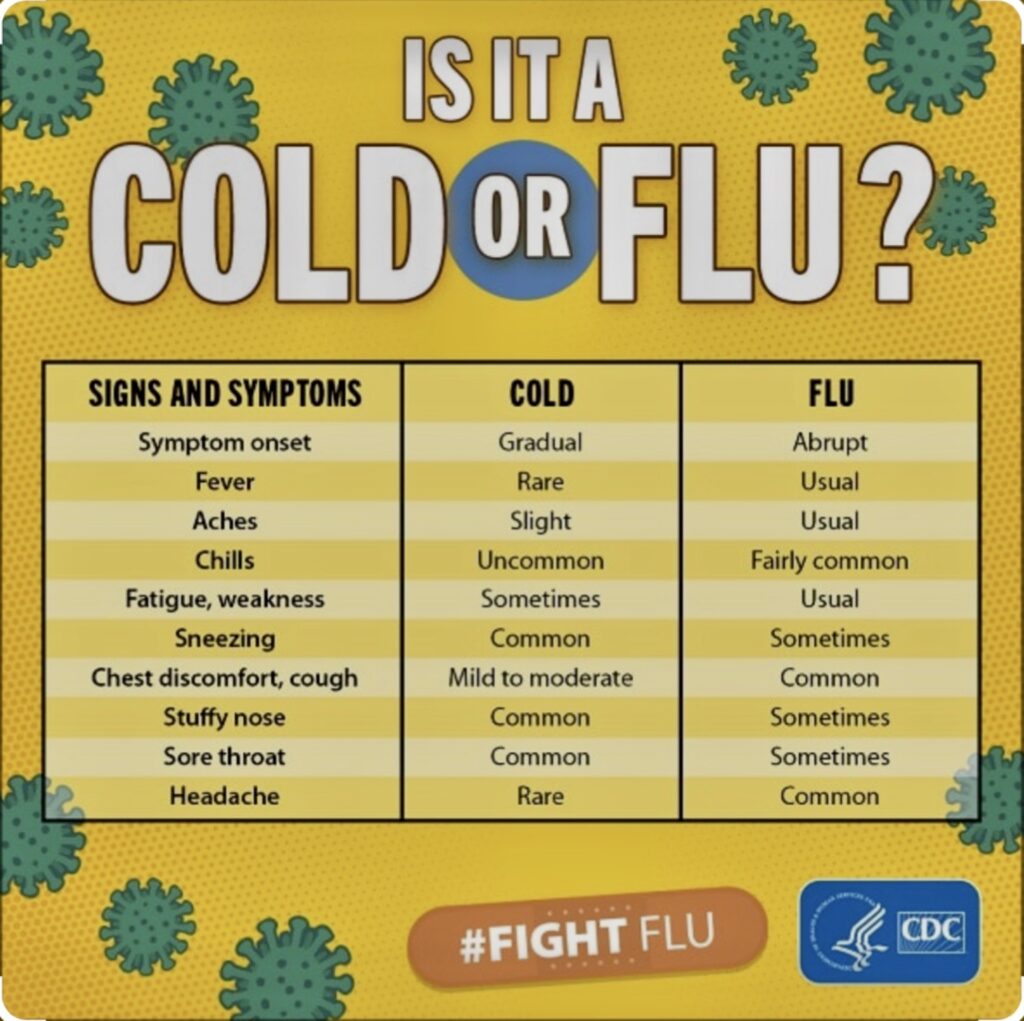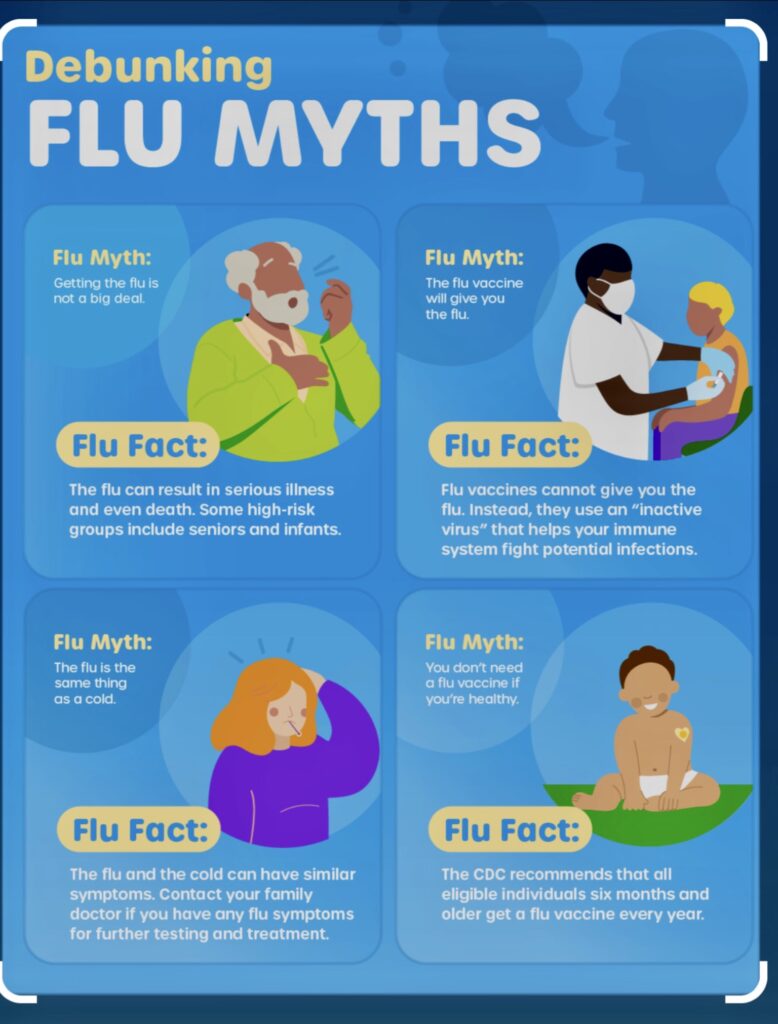By Evangeline T. Capuno
The last quarter of the year (September to December) is the time for holidays. There are so many special and non-working holidays, that most people tend to take their vacations especially towards the end of the year. After all, it’s also the Christmas season.
While people are taking their vacation, they should also not forget to take their vaccination. This is particularly true in the case of flu. Most Filipinos take flu vaccination for granted, not knowing that they are courting trouble.
“(Flu) can lead to hospitalization and death, especially in young children, pregnant women, elderly individuals, and those with certain chronic illnesses in the heart, kidney or lungs,” said an official of the emerging and re-emerging infectious disease program of the Department of Health.
As Christmas season is fast approaching, the temperature drops. In the Philippines, flu season starts in October and peaks from January to February, according to the health department.
The US Centers of Disease Control and Prevention (CDC) said flu – also known as influenza – is “a contagious respiratory illness caused by influenza viruses that infect the nose, throat, and sometimes the lungs.”
“The best way to protect yourself and your family from flu is to get vaccinated, while those at high risk for complications from flu should visit their doctor promptly if they experience flu symptoms,” DOH said. Among those that really need to undergo vaccination are persons 50 years old and above, children 6 months to 23 months old, and both children and adults with chronic health conditions.
The flu vaccine’s most common side effect is soreness at the vaccination site for up to two days. Some people may experience post-shot fever, malaise, sore muscles, and other symptoms resembling the flu that can last for one to two days.
Flu is not cold or cough
Flu is different from the common cold and cough. Flu usually comes on suddenly. Among the symptoms are the following: fever (although not everyone with flu will have this symptom) or feeling feverish and having chills, cough, sore throat, runny or stuffy nose, muscle or body aches, headaches, and fatigue (tiredness). Some people may have vomiting and diarrhea, though this is more common in children than adults.
“Too few of us understand that the flu is more than just an inconvenience,” writes Jane Brody in her book, Jane Brody’s Cold and Flu Fighter. “There are life-threatening risks associated with it.”

According to the World Health Organization (WHO), complications of flu viral infection include: primary influenza viral pneumonitis, bacterial pneumonia, otitis media and exacerbation of underlying chronic conditions. The WHO further states, “respiratory transmission occurs mainly by droplets disseminated by unprotected coughs and sneezes. Short-distance airborne transmission of influenza viruses may occur, particularly in crowded, enclosed spaces. Hand contamination and direct inoculation of the virus is another possible source of transmission.”
Different flu types
The United Nations health agency divides flu viruses into three general categories on the basis of their core proteins: Types A, B, and C. “While all three types can mutate, or change into new strains, type A flu mutates constantly, yielding new strains of the virus,” according to the book The Medical Advisor: The Complete Guide to Alternative and Conventional Treatments. This means that a person can never develop a permanent immunity to flu. Even if he develops antibodies against a flu virus one year, those antibodies are unlikely to protect him against a new strain of the virus the next year.
Types B and C are less common and result in local outbreaks and milder cases. Type A mutations are responsible for more epidemics every several years. It must be recalled that a never-before-seen strain of the A – H1N1 flu virus turned to be a killer epidemic in Mexico and the United States, and caused some panic in other parts of the world.
H1N1 is a common subtype of swine flu virus, although other subtypes are also circulating in pigs (example: H1N2, H3N1, H3N2). The CDC has determined the A – H1N1 flu virus is contagious and is spread from human to human. However, it could not say how easily the virus spreads between people. Health experts claim that swine can catch both avian and human forms of a virus, and act as hosts for these different viral strains to meet, and subsequently mutate, into new forms. The swine then infect people with the new form of the virus in the same way by which people infect each other – by transmitting viruses through exchange of droplets in the air.
Notorious killer
One of the oldest and most common diseases known to man, flu is a notorious killer. Hippocrates described flu in 412 BC. The first well-described pandemic of flu-like disease occurred in 1580. Since that time, 31 such possible flu pandemics have been documented, with three occurring in the 20th century: in 1918, 1957 and 1968. The 1918 Spanish flu pandemic killed some 20-50 million throughout the world.
In 1976, just when health experts globally were ready to close the chapter of the early 1900 plague, an American soldier mysteriously died of flu. He suffered lung bleeding and died after five days. Health officials were all shocked when autopsy reports show that he died from the same virus that killed millions 58 years ago.

“The threat of pandemic influenza is ever-present,” Dr. Tedros Adhanom Ghebreyesus, the WHO’s director-general, said in a press statement. “We must be vigilant and prepared – the cost of a major influenza outbreak will far outweigh the price of prevention.” Flu viruses, said a Reuters report, are multiple and ever-changing. “They infect around a billion people every year around the world in seasonal outbreaks. Of those infections, around 3 to 5 million are severe cases, leading to between 290,000 and 650,000 seasonal flu-related respiratory deaths,” it said.
Flu is noted for being an efficient infector. All it takes is one sneeze – and a person will have it. Even doctors are not spared from it. Dr. Joseph D. Tabora, in healthypinoy.com, shared his experience on how he got the flu virus after diagnosing a patient with flu.
“After a week, I woke up with my muscles and joints feeling sore,” he wrote. “I had a slight fever and my food seemed to have a bitter taste. It didn’t take me long to make myself a diagnosis: influenza. I had to take an absence from my clinic. I wouldn’t want to pass on the flu to my patients! But pass on the flu I did,” he continued. “A few days later, the children at home had a fever. They couldn’t go to school for several days because they were down with influenza. Soon, everyone in the household was down with influenza.”
It is never too late to get vaccinated. The health department urges Filipinos who have not had a flu shot to get one (in hospitals and private clinics), particularly young children or older people and those who are in the most vulnerable categories. – ###








